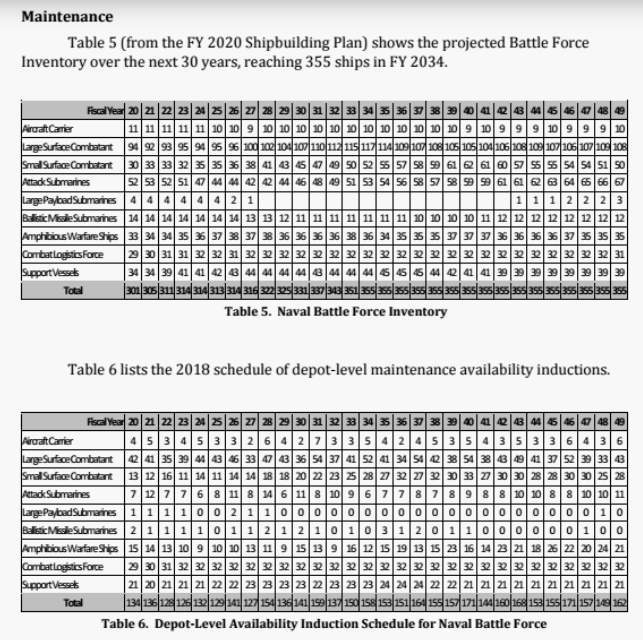Jura The idiot
General
since I've now read it, I post
Major Pacific Exercise Preps Marines, Sailors for Large-Scale Maritime Battle
Major Pacific Exercise Preps Marines, Sailors for Large-Scale Maritime Battle
Thousands of and sailors wrapped up a huge exercise that, in part, tested their ability to get the right people and equipment out to sea for a potential large-scale maritime battle.
About 10,000 sailors and Marines completed in California this week. The members of I Marine Expeditionary Force and several ships from the 's 3rd Fleet carried out the exercise, which prepared them for a battle that looked a lot different than the ones they have fought in Iraq and Afghanistan since 2001.
After years of flying into the Middle East and getting gear from big stockpiles there, preparing to operate in a distributed maritime environment is a lot different, said Lt. Col. Ray Howard, I MEF's strategic mobility officer.
"The steady state that we've seen in the Middle East, the equipment's kind of already there, so we just put people on airplanes and fly people over there. But this has really made us take a hard look at 'How do you a large force?'"
It's a question so important to the Navy and that the services' top officers, Chief of Naval Operations Adm. John Richardson and Commandant Gen. Robert Neller, paid the troops a visit during the exercise.
The Marines and sailors spent the past two weeks simulating how they would operate from the sea against a near-peer enemy such as Russia or China. That included not only striking mock-enemy ships with long-range precision fires from the shore, but also getting the right people and gear onto the ships and out to small posts where ground troops were operating.
"I think some of our skill sets need to be honed again without a big deployed capability set," Howard said. "Working the naval integration piece of that is critical to get our readiness where it needs to be and understanding just how complicated some of these things are."
Pacific Blitz combined two maritime exercises into one to prep Marines and sailors for fighting at sea and on and around the shore. Howard said it takes the maritime prepositioning elements of Pacific Horizons and amphibious nature of Dawn Blitz.
A pair of amphibious transport dock ships, the Somerset and New Orleans, along with the guided-missile destroyer Michael Murphy and maritime prepositioning ship William R. Button participated.
There were also sailors and Marines ashore at several West Coast military installations, including , and .
"I think if we were going to do this for real, time, space and logistics become extremely complicated," Howard said. "[It's one thing] to deploy up the road, but when you overlay islands in different places in the theater, it can become a lot more challenging, and we can't do that without the Navy."
Marines across the MEF participated, responding in real-time to the scenarios they were dealt. That forced them to think in real-time about what equipment they needed to employ to deal with a specific crisis, Howard added.
"It's hard to stand up forces and deploy the right capabilities at the right time," he said.
While this exercise was built around the idea of deploying to the Asia-Pacific region, practicing the way a maritime force would respond to a contingency helps the MEF prepare for a number of real-world threats, he said.
"The real benefit is the education part of it. I think it's being learned at all levels right now how hard it is to deploy a force of this size," he said. "Stand it up, deploy it and then integrate it with the Navy and become that capability that's able to fight anywhere.
"I've watched this exercise challenge my folks, from a private first class who's brand new to the Marine Corps, as well as ... my most senior [subject-matter experts] be challenged. I've really watched the whole MEF and also the Navy be challenged."


